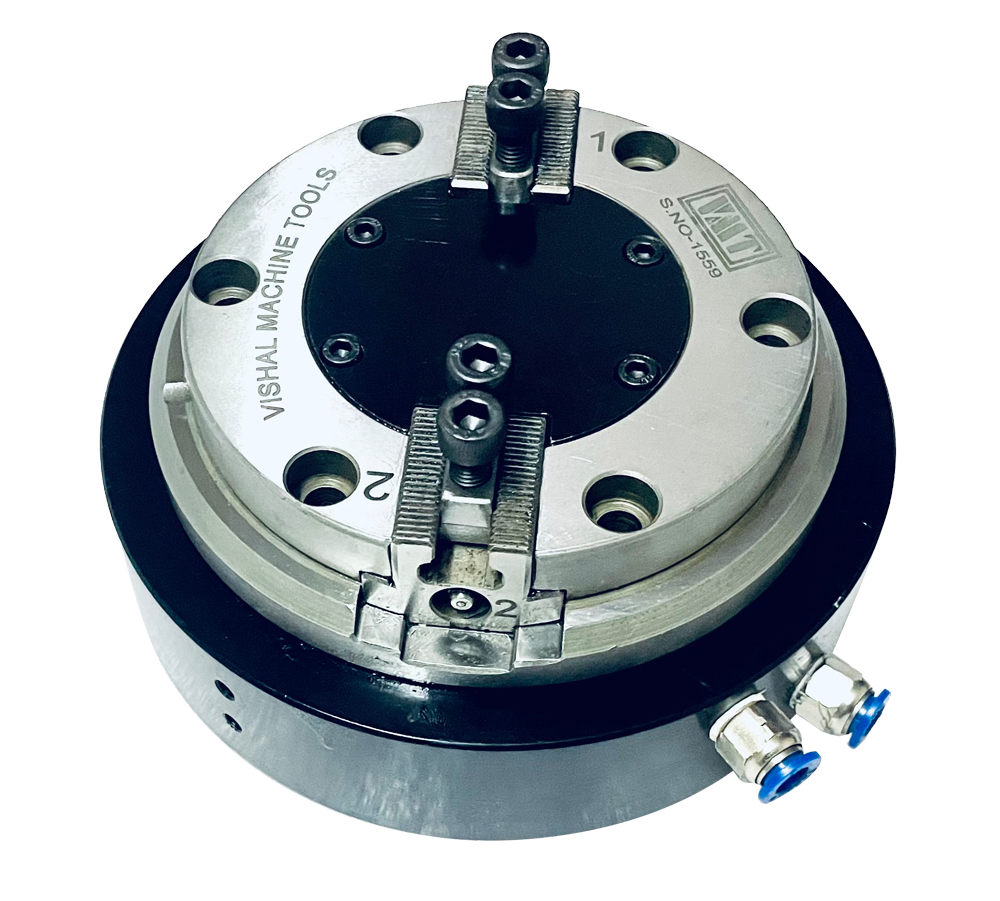Learn how to detect and solve all common issue that you might face when you arfe operating a power chuck.
Accurately determining the underlying reason of power chuck problems is critical. Everything from examining electrical connections to looking for wear and misalignment is crucial to guaranteeing smooth operations. What to do, however, if all of these safety measures are ineffective in making the chuck grasp securely? Watch this space to learn the lesser-known techniques that might just be the secret to curing this enduring issue.
Review of Chuck Body
To ensure best performance, it is crucial to properly check the chuck body of a power chuck for any indications of wear, damage, or misalignment. During machining operations, the correct grasp and stability of the workpiece are ensured in large part by the chuck body.
Look first for any obvious wear on the chuck body’s surface, including scratches, grooves, or signs of material fatigue. There may be safety risks and less output if these signals make it more difficult for the chuck to keep the workpiece firmly in place.
In addition, be very aware of any imperfections, dents, or fractures that might compromise the structural integrity of the chuck body even further. Unaddressed, even little flaws might become serious ones.
To avoid misalignment problems that can lead to errors during machining processes, also ensure that the chuck body is correctly aligned with the machine axis.
Additionally crucial to chuck body components’ efficient functioning and prevention of early wear is regular lubrication and cleaning. Through a careful examination of the chuck body, you may spot and fix any possible problems before they get worse, therefore extending the life of the chuck and improving performance.
Control System Analysis
An extensive assessment of the electronic parts and programming included into power chucks is required for control system analysis. This procedure looks at diagnosing problems with actuators, control panels, sensors, and communication protocols. Gaining knowledge of the control system will help you diagnose and optimize the chuck operation.
Surface Condition Assessment
Peak performance of electromagnetic chucks requires thorough evaluation of their surface quality. The surface of the chuck directly affects holding force; optimal performance requires a smooth, perfect surface. The gripping power of the chuck may be considerably impacted by surface conditions, hence regular maintenance is necessary to maintain constant performance levels.
Workpiece Compatibility Check
In order to ensure optimal performance, confirm that the dimensions and form of the workpiece correspond to the chuck requirements. Verify that the workpiece’s dimensions, form, weight, material compatibility, surface quality, and examination for irregularities all meet the chuck’s specifications.
Conclusion
All things considered, troubleshooting typical issues with power chucks calls for a systematic approach, much as a knowledgeable technician identifying and repairing an engine in a vehicle.
Your CNC power chuck will run smoothly if you thoroughly verify the chuck body, connections, control system, surface conditions, and workpiece compatibility.
